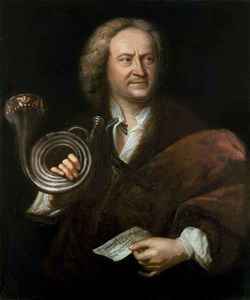August, 2016
New Testament Stories My Daddy Told Me
MALTA (Acts 28:1-10)
By Wayne S. Walker
After the ship on which Paul was travelling as a prisoner to Rome had been tossed to and fro on the Mediterranean Sea for some fourteen days during a terrible storm, it ran aground on some rocks off an island and began breaking up. When all the passengers had escaped by either swimming or floating ashore, they learned that the island was called Melita or Malta. The natives, considered barbarians by the Romans, treated the shipwrecked people with great kindness, kindling a fire because of the rain and cold, and made them feel welcome.
Paul helped them by gathering a bundle of sticks, but when he laid them on the fire, the heat drove out a viper, or poisonous snake, which sunk its fangs into Paul’s hand and held on. The superstitious islanders assumed that Paul must have been a murderer who had escaped the judgment of the sea but would now die because of the viper. However, Paul just shook it off into the fire and suffered no harm. This reminds us that when Jesus sent His apostles out to preach the gospel to the whole world one of the signs that would follow to confirm their word was that “they would take up serpents, and…it will by no means hurt them” (Mark 16:15-20).
The Maltese, who were obviously pagans, were expecting that Paul would soon swell up and fall over dead. But after waiting and looking at him for a long time, they saw that he was all right. So they changed their minds and decided that he was a god. This was not the first time that people called Paul a god (see Acts 14:8-13). We would assume that Paul told the folks on Malta the same kind of thing that he said to the people of Lystra (Acts 14:14-18).
Near where the escapees from the ship came ashore was the estate of the leading citizen or magistrate named Publius, who invited them in and entertained them courteously for three days. It just so happened that the father of Publius was very sick with a fever and dysentery, so Paul prayed for him, laid hands on him, and healed him. Then the rest of the islanders who had illnesses came and were healed. They also honored Paul and his companions in many ways and gave them provisions for their needs.
Questions
- On what island were Paul and the others shipwrecked?
- How did the natives treat the escapees from the ship?
- How did Paul help in what the natives were doing?
- What kind of animal attacked Paul?
- What did Paul do to this animal?
- What did the natives expect would happen to Paul?
- What did happen to Paul?
- What did the natives think that Paul was after this event?
- Who was the leading citizen or magistrate of the island?
- What did Paul do for this man’s father?
+++++++++++++++++++++++++++++++++++






